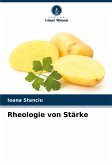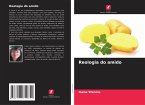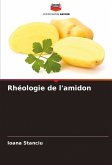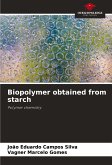Starch is one of the most widely used functional and flexible food stabilizers, serving purposes in both thickening and gelling. Throughout history, humans have relied on starchy foods derived from various sources such as seeds, roots, and tubers, with agricultural practices evolving to produce staple grain crops like barley, rice, wheat, and corn. The raw materials utilized in starch production typically include grains from cereals, potato tubers, and certain roots, each with varying starch content: rice (70-80%), corn (65-75%), wheat (60-70%), rye, barley, oats (50-60%), potatoes (17-24%), and cassava (15-21%). The book comprises several chapters covering topics such as starch, dextrin, and glucose manufacturing technology, food biopolymers, rheology, starch-galactomannan mixtures, and the physics of the starch system. The first chapter delves into the detailed manufacturing processes of starch, dextrin, and glucose.
Bitte wählen Sie Ihr Anliegen aus.
Rechnungen
Retourenschein anfordern
Bestellstatus
Storno









